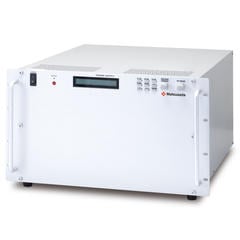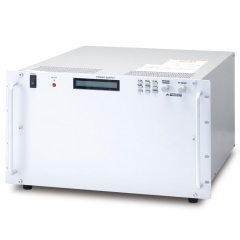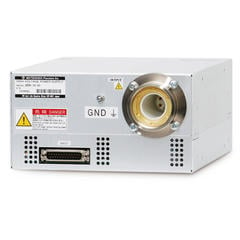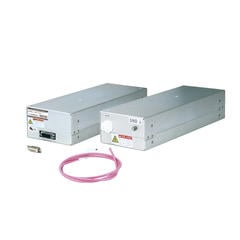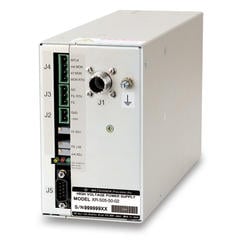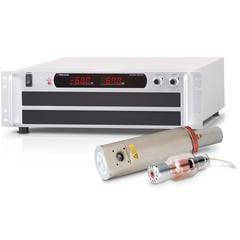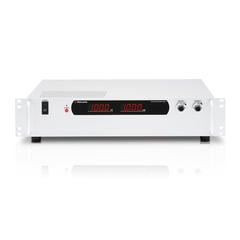Surface analysis is the process of analyzing the surface of a solid to determine the surface shape, physical properties, chemical bonds, boundary condition, and reaction status of the material.
In general, analyzers shine light from a light source onto an object to be analyzed and analyze the light emitted from the object to determine its physical properties.
There are several types of surface analysis: electron detection, X-ray detection, radiation detection, visible light detection, ion detection, luminescence detection, photon counting, and scanning with a probe.
The following methods and devices are used to detect electrons in surface analysis.
- Scanning Electron Microscope (SEM)
- Transmission Electron Microscope (TEM)
- X-ray Photoelectron Spectrometry (XPS)
- Electron Spectroscopy for Chemical Analysis (ESCA)
- Auger Electron Spectroscopy (AES)
- Low Energy Electron Diffraction (LEED)
- Reflection High Energy Electron Diffraction (RHEED)
- Electron Energy Loss Spectrometry (EELS)
- Ultra-Violet Photoelectron Spectrometry (UPS)
The following methods and equipment are used to detect X-rays in surface analysis.
- X-ray fluorescence analysis (XRF)
- X-Ray Diffraction (XRD)
- Time resolved X-ray diffraction (TR-XRD)
- Energy dispersive X-ray spectroscopy (EDS/EDX)
- Wavelength dispersive X-ray spectroscopy (WDS/WDX)
- Electron Probe Micro Analyzer (EPMA)
- Extended X-ray Absorption Fine Structure (EXAFS)
- Particle Induced X-ray Emission (PIXE)
- Total Reflection X-ray Fluorescence (TRXF)
- Small Angle X-ray Scattering (SAXS)
The following methods and devices are used to detect light in surface analysis.
- Infrared Spectroscopy (IR)
- Fourier Transform Infrared Spectroscopy (FTIR)
- Cathode Luminescence (CL)
- Photoluminescence (PL)
The following methods and instruments are used to detect ions in surface analysis.
- Secondary Ion Mass Spectrometry (SIMS)
- Glow Discharge Mass Spectrometry (GDMS)
- Rutherford Backscattering Spectrometry (RBS)
- Elastic Recoil Detection Analysis (ERDA)
- Nuclear Reaction Analysis (NRA)
- Field Ion Microscope (FIM)
The following methods and instruments are used for scanning probes in surface analysis.
- Scanning Tunnelling Microscope (STM)
- Atomic Force Microscope (AFM)
- Field Emission Electron Microscope (FEM)
- Friction Force Microscope (FFM)
- Magnetic Force Microscope (MFM)
- Scanning Maxwell Stress Microscope (SMM)




